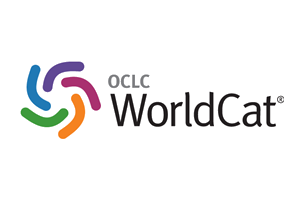At the beginning of the new millennium, 260 million people in India did not have incomes to access food which defines the poverty line. Out of these people, 75 per cent were in the rural areas. 22 per cent of the world’s poor lives in India. Such a high incidence of poverty is a matter of concern in view of the fact that poverty eradication has been one of the major objectives of the development planning process. It is fact that poverty is a global issue but its eradication is considered integral for sustainable development. Reduction of poverty in this country is, therefore, vital for fulfilling the international goals. Small and marginal farmers and casual workers engaged in non-agricultural activities constitute the bulk of the rural poor. Small size of holdings along with low productivity is the main cause of poverty. Lack of infrastructural facilities in education along with lack of vocational skills also creates poverty. Due to the extremely poor physical and social capital base, a very large proportion of the rural people are forced to seek employment in vocations with extremely low levels of productivity and wages. Therefore, now-a-days the creation of employment opportunities for the unskilled workforce has been a major challenge for development planners and administrators. Poverty alleviation has been one of the guiding principles of the planning process in India. The role of economic growth in providing more employment avenues to the population has been clearly recognised. The growth-oriented approach has been reinforced by focusing on specific sectors which provide greater opportunities to the people to participate in the growth process. The various dimensions of poverty relating to health, education and other basic services have been progressively internalised in the planning process. In recent days the central and state governments have considerably increased the allocations for education, health, sanitation and other facilities which promote capacity-building and well-being of the poor. Investments in agriculture, area development programmes can also provide avenues for employment and income. Special programmes can be taken up for the welfare of poor especially the scheduled castes and scheduled tribes. Antipoverty programmes that seek to transfer assets and skills to people for self-employment, coupled with public works programmes that enable people to cope with transient poverty, are the third strand of the larger anti-poverty strategy. Similarly, the targeted public distribution system can protect the poor from the adverse effects of a rise in prices and ensures food and nutrition security at affordable prices.







